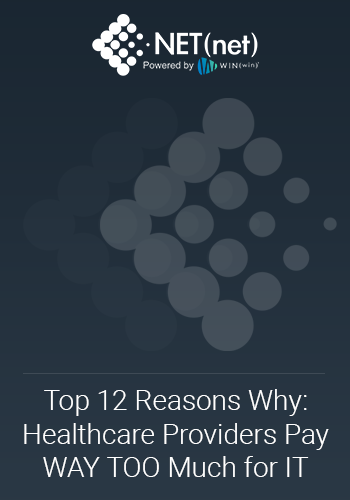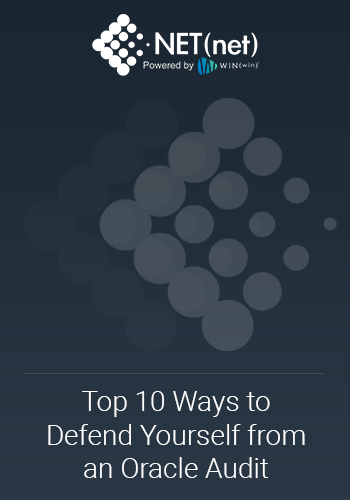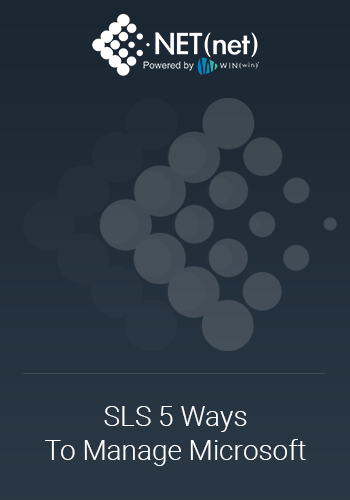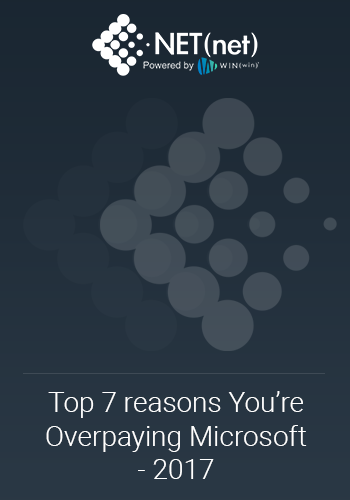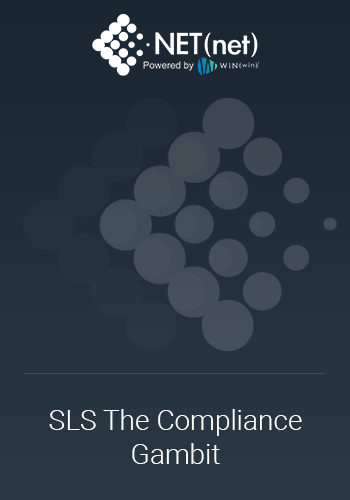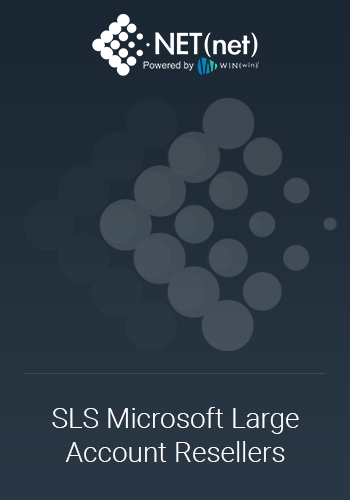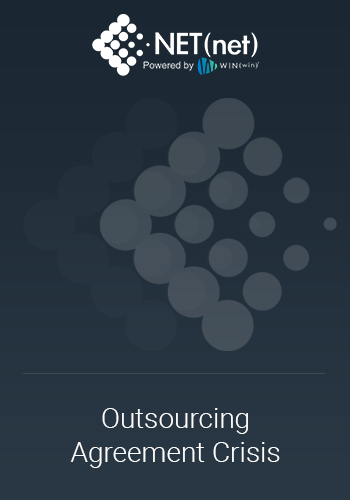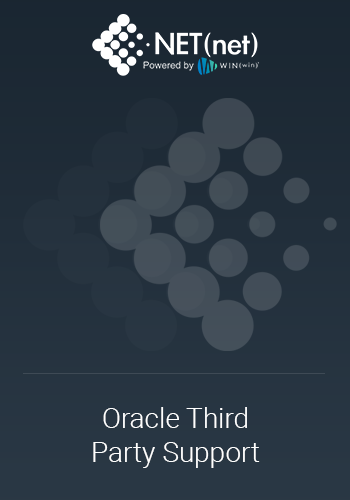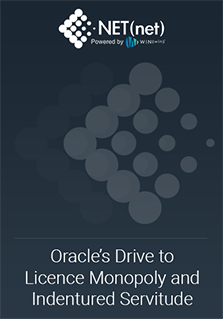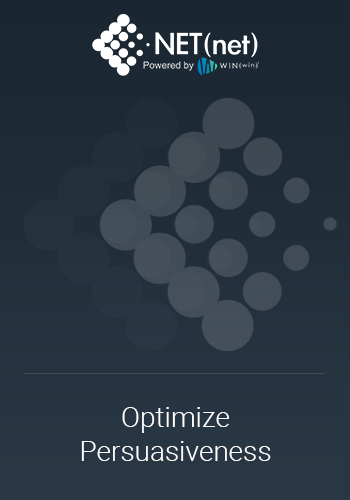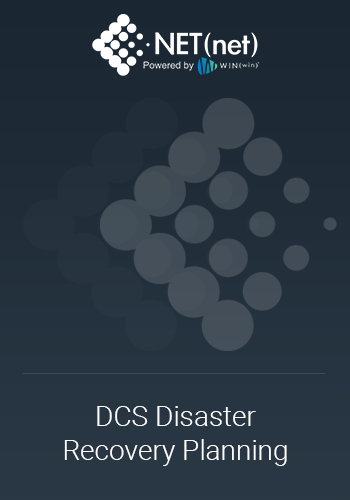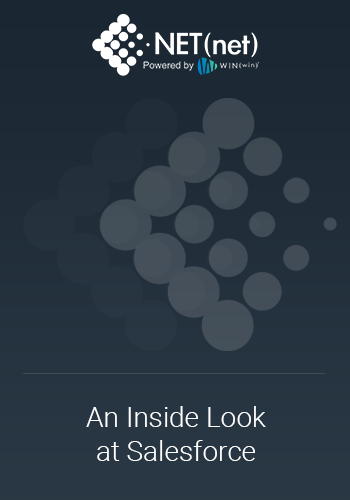Looking at you IBM, SAP, Salesforce, Workday, and Rackspace...
Every year, certain major IT suppliers enter their most aggressive selling season as their fiscal year end approaches. When their sales and revenue pressure goes up, the pressure on customers goes up. Whether the target is more licenses, longer terms, higher commitments, or migration into higher margin products, suppliers will position these moves as strategic improvements, but they are often driven by internal quota demands, stock performance expectations, bonuses and compensation cycles.
With Salesforce and Workday both closing their fiscal year on January 31, and IBM, SAP, and Rackspace all operating with predictable renewal and upsell cycles to close out December 31, it is important for CIOs and procurement leaders to recognize the signals and manage these interactions on their terms.
Below we examine how we see ‘The Squeeze’ show up for five major suppliers, and how well-informed customers can convert supplier urgency - into buyer advantage. Of course, the best way to do that is call us, but here are some ideas to get you started.
Salesforce, Fiscal End January 31
Why the squeeze
- Salesforce operates on a January 31 fiscal year end, which creates intense sales pressure in Q4 as teams work to close business, drive subscription expansions, and secure multi-year commitments.
- With subscription revenue recognized over time, Salesforce prioritizes long term deals, upsell motions into new clouds, and incremental user or SKU growth.
- Salesforce bundles become more complex each year, increasing internal incentives for cross cloud adoption such as Sales Cloud plus Service Cloud, or expansions into Marketing, Commerce, Data Cloud, or Tableau.
How the squeeze shows up
- Renewal representatives pushing early signature incentives to “secure pricing” or “avoid upcoming increases.”
- Pressure to add new clouds, new user types, or premium tiers.
- “True forward” quotes that increase subscription quantities instead of rightsizing them.
- Limited reduction flexibility at renewal time.
What buyers should do
- Conduct a full usage and entitlement review before renewal.
- Push for reduction rights and user type rationalization.
- Benchmark individual SKU pricing, not bundled pricing.
- Avoid early signature pressure tied to Salesforce’s timing.
Why the squeeze
- Workday’s fiscal year also ends January 31, and the Q4 cycle is consistently aggressive as sales teams look to lock in expansions, new modules, and long-term agreements.
- Workday charges primarily based on FSE (full-service equivalents) counts, meaning any organizational growth or module expansion increases recurring revenue.
- Workday’s strategy emphasizes multi-module adoption across HCM, Finance, Planning, analytics, and industry clouds.
How the squeeze shows up
- Incentives offered only with multi-year renewal commitments.
- Pricing tied to current or projected headcount, with limited downward flexibility.
- Push for module adoption such as Adaptive Planning or Skills Cloud.
- Bundled configurations that increase lock in and cross module dependency.
What buyers should do
- Confirm how headcount or FTE calculations influence pricing.
- Identify shelfware and unused modules and any prospective additions in advance of renewal.
- Benchmark your current pricing and targeted renewal (net of shelfware and any additions).
Why the squeeze
- Rackspace is increasingly reliant on managed services, modernization engagements, and hybrid cloud operations.
- Year-end cycles often produce strong pressure to expand into higher margin service areas.
- Multi-year commitments are heavily incentivized internally.
How the squeeze shows up
- Bundled managed services tied to infrastructure usage.
- Modernization assessments proposed as renewal prerequisites.
- Service expansions timed around year end pressure windows.
- Multi-cloud governance bundles that increase dependency.
What buyers should do
- Separate infrastructure from managed service pricing and benchmark both.
- Secure early termination rights for managed services.
- Avoid synchronizing services renewal and infrastructure renewal unless it benefits you.
- Validate modernization costs against independent options.
Why the squeeze
- IBM remains focused on shifting revenue toward hybrid cloud, Red Hat, AI and subscription software.
- Multi year enterprise agreements are a primary mechanism for driving predictable recurring revenue.
- IBM sales cycles become particularly assertive near each quarter end and especially so at year end.
How the squeeze shows up
- Renewal quotes with annual CPI or fixed percentage uplifts.
- Larger bundles than needed with limited modularity.
- Time pressure tied to internal quarter close or year end.
- Limited flexibility around usage reduction or termination.
What buyers should do
- Negotiate firm caps on any annual price increases.
- Unbundle enterprise agreements to isolate what you actually require.
- Plan renewals proactively to avoid IBM’s pressure timeline.
- Negotiate termination and scaling flexibility.
Why the squeeze
- SAP continues its rapid shift from selling on premises perpetual licensing to cloud subscription models under hyped marketing terms like RISE with SAP.
- Renewal seasons are often accompanied by audit threats, license measurement requirements, and upsell efforts.
- SAP leverages the incumbent status of its platform to push longer term, higher cost subscription transitions.
How the squeeze shows up
- Maintenance increases tied to license base growth.
- Cloud migration offers presented at renewal time as “strategic improvements.”
- License measurement or audit activity invoked near renewal windows.
- Renewal terms without price caps, reduction rights, or opt outs.
What buyers should do
- Conduct a pre renewal usage and entitlement audit.
- Push for maintenance and subscription price caps.
- Evaluate phased migration or third-party support for leverage.
- Align timing to your strategy, not SAP’s pressure cycle.
Summary
Let’s be honest, none of these suppliers are hurting. Salesforce, Workday, SAP, IBM, Rackspace, and the rest of the enterprise software and cloud universe have enjoyed incredible revenue growth over the last several years. And where does that growth come from? Spoiler alert, it comes from you, the customer.
These companies have mastered the fine art of turning routine renewals into high drama, complete with countdown clocks, “executive escalations,” and the classic “this pricing is only good until Friday” performance. Their quotas go up, their earnings go up, their stock prices go up, and magically, so do your bills.
That is the real heart of the squeeze. Not innovation. Not transformation. Not “customer success.” The squeeze is about one thing: helping suppliers hit their fiscal year end targets with your budget.
But here is the part they do not love. Once you understand the pattern, their timing advantage disappears. Their desperation becomes your leverage. Their urgency becomes your opportunity.
Customers who prepare early, benchmark aggressively, know their usage, and refuse to sign under pressure consistently outperform the market. They lock in better pricing, cap future increases, protect flexibility, and make the supplier sweat a little for a change.
At NET(net), we help clients reverse the squeeze. Instead of being dragged into the vendor’s fiscal circus, you dictate the timing, you control the negotiation, and you secure the value. And nothing disrupts a supplier quota party quite like a well-prepared buyer who is not playing along.
When the squeeze is coming, make sure you are the one applying it, not getting crushed by it.
Sources
Salesforce fiscal calendar
https://www.salesforce.com/company/investor/faq
Salesforce SEC filings
https://www.salesforce.com/company/investor/sec-filings
Workday fiscal year reference
https://investor.workday.com
Rackspace State of Cloud Report 2025
https://www.rackspace.com/blog/2025-state-cloud-report
Rackspace Google Cloud case study
https://www.rackspace.com/case-studies/mrs-ts-pierogies
Rackspace Google Cloud practice
https://www.rackspace.com/cloud/google-cloud
About NET(net)
At NET(net), we don't just optimize IT investments, we weaponize them for competitive advantage. As the world's leading technology investment optimization firm, we've spent over two decades perfecting the art and science of extracting maximum value from technology supply chains while neutralizing vendor pricing manipulation.
Our battle-hardened methodology has influenced trillions of dollars in technology investments, captured hundreds of billions in documented value, and transformed how enterprises approach every facet of IT spend—from emerging technology such as AI, ML, IoT, RPA, Quantum, and Blockchain, to IaaS, PaaS, and SaaS, to enterprise hardware and software solutions, and professional services arrangements including strategic outsourcing relationships.
We're not consultants who theorize about optimization, we're the specialists who help you devise and execute your strategy. Our proven frameworks turn vendor pricing chaos into strategic opportunity, licensing complexity into competitive advantage, and cost centers into value engines. Whether you're facing an aggressive vendor audit, navigating a forced migration, or simply refusing to accept runaway IT costs, NET(net) delivers the expertise, experience, and execution you need to dominate rather than merely survive.
Founded in 2002, NET(net) has established itself as the essential strategic partner for enterprises and technology providers who demand performance, not promises. We've mastered every major area of IT optimization because we understand that in today's vendor-hostile environment, half-measures guarantee defeat.
Experience the NET(net) advantage. Contact us at info@netnetweb.com, visit www.netnetweb.com, or call +1 (616) 546-3100 to discover how we can transform your technology investments from cost burden to strategic weapon.
Legal Disclaimer: NET(net)'s website, blogs, articles, and other content are subject to NET(net)'s legal terms and are offered for general information purposes only, and do not constitute legal advice. While NET(net) may offer views and opinions regarding the subject matter, such views and opinions are those of the content authors, are not necessarily reflective of the views of the company, and are not intended to malign or disparage any other company or other individual or group.

